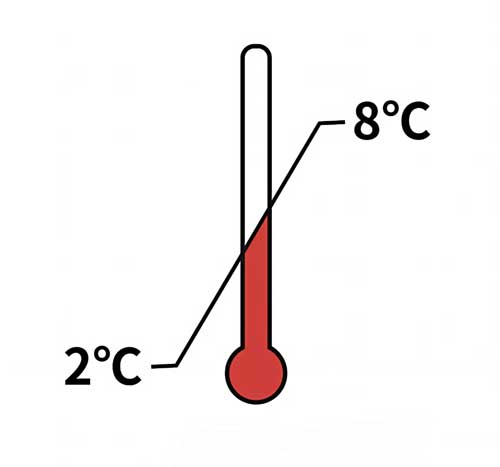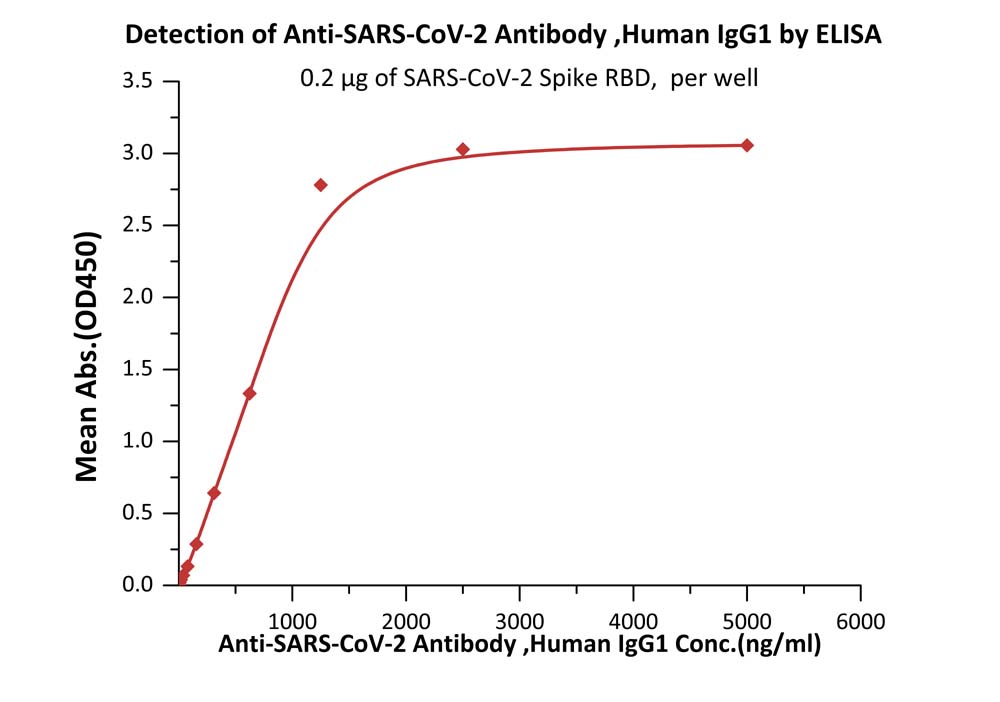The Use of Heterologous Antigens for Biopanning Enables the Selection of Broadly Neutralizing Nanobodies Against SARS-CoV-2Aripov, Zaykovskaya, Mechetina
et alAntibodies (Basel) (2025) 14 (1)
Abstract: Background: Since the emergence of SARS-CoV-2 in the human population, the virus genome has undergone numerous mutations, enabling it to enhance transmissibility and evade acquired immunity. As a result of these mutations, most monoclonal neutralizing antibodies have lost their efficacy, as they are unable to neutralize new variants. Antibodies that neutralize a broad range of SARS-CoV-2 variants are of significant value in combating both current and potential future variants, making the identification and development of such antibodies an ongoing critical goal. This study discusses the strategy of using heterologous antigens in biopanning rounds. Methods: After four rounds of biopanning, nanobody variants were selected from a phage display library. Immunochemical methods were used to evaluate their specificity to the S protein of various SARS-CoV-2 variants, as well as to determine their competitive ability against ACE2. Viral neutralization activity was analyzed. A three-dimensional model of nanobody interaction with RBD was constructed. Results: Four nanobodies were obtained that specifically bind to the receptor-binding domain (RBD) of the SARS-CoV-2 spike glycoprotein and exhibit neutralizing activity against various SARS-CoV-2 strains. Conclusions: The study demonstrates that performing several rounds of biopanning with heterologous antigens allows the selection of nanobodies with a broad reactivity spectrum. However, the fourth round of biopanning does not lead to the identification of nanobodies with improved characteristics.
Neutralization and spike stability of JN.1-derived LB.1, KP.2.3, KP.3, and KP.3.1.1 subvariantsLi, Faraone, Hsu
et almBio (2025)
Abstract: During the summer of 2024, coronavirus disease 2019 (COVID-19) cases surged globally, driven by variants derived from JN.1 subvariants of severe acute respiratory syndrome coronavirus 2 that feature new mutations, particularly in the N-terminal domain (NTD) of the spike protein. In this study, we report on the neutralizing antibody (nAb) escape, infectivity, fusion, and spike stability of these subvariants-LB.1, KP.2.3, KP.3, and KP.3.1.1. Our findings demonstrate that all of these subvariants are highly evasive of nAbs elicited by the bivalent mRNA vaccine, the XBB.1.5 monovalent mumps virus-based vaccine, or from infections during the BA.2.86/JN.1 wave. This reduction in nAb titers is primarily driven by a single serine deletion (DelS31) in the NTD of the spike, leading to a distinct antigenic profile compared to the parental JN.1 and other variants. We also found that the DelS31 mutation decreases pseudovirus infectivity in CaLu-3 cells, which correlates with impaired cell-cell fusion. Additionally, the spike protein of DelS31 variants appears more conformationally stable, as indicated by reduced S1 shedding both with and without stimulation by soluble ACE2 and increased resistance to elevated temperatures. Molecular modeling suggests that DelS31 enhances the NTD-receptor-binding domain (RBD) interaction, favoring the RBD down conformation and reducing accessibility to ACE2 and specific nAbs. Moreover, DelS31 introduces an N-linked glycan at N30, shielding the NTD from antibody recognition. These findings underscore the role of NTD mutations in immune evasion, spike stability, and viral infectivity, highlighting the need to consider DelS31-containing antigens in updated COVID-19 vaccines.IMPORTANCEThe emergence of novel severe acute respiratory syndrome coronavirus 2 variants continues to pose challenges for global public health, particularly in the context of immune evasion and viral stability. This study identifies a key N-terminal domain (NTD) mutation, DelS31, in JN.1-derived subvariants that enhances neutralizing antibody escape while reducing infectivity and cell-cell fusion. The DelS31 mutation stabilizes the spike protein conformation, limits S1 shedding, and increases thermal resistance, which possibly contribute to prolonged viral persistence. Structural analyses reveal that DelS31 enhances NTD-receptor-binding domain interactions by introducing glycan shielding, thus decreasing antibody and ACE2 accessibility. These findings emphasize the critical role of NTD mutations in shaping viral evolution and immune evasion, underscoring the urgent need for updated coronavirus disease 2019 vaccines that account for these adaptive changes.
Early 2022 breakthrough infection sera from India target the conserved cryptic class 5 epitope to counteract immune escape by SARS-CoV-2 variantsJana, Kanjo, Roy
et alJ Virol (2025)
Abstract: During the coronavirus disease 2019 (COVID-19) pandemic, the vast majority of epitope mapping studies have focused on sera from mRNA-vaccinated populations from high-income countries. In contrast, here, we report an analysis of 164 serum samples isolated from patients with breakthrough infection in India during early 2022 who received two doses of the ChAdOx viral vector vaccine. Sera were screened for neutralization breadth against wild-type (WT), Kappa, Delta, and Omicron BA.1 viruses. Three sera with the highest neutralization breadth and potency were selected for epitope mapping, using charged scanning mutagenesis coupled with yeast surface display and next-generation sequencing. The mapped sera primarily targeted the recently identified class 5 cryptic epitope and, to a lesser extent, the class 1 and class 4 epitopes. The class 5 epitope is completely conserved across all severe acute respiratory syndrome coronavirus 2 (SARS-CoV-2) variants and for most sarbecoviruses. Based on these observations, an additional 26 sera were characterized, and all showed a broad neutralizing activity, including against XBB.1.5. This is in contrast with the results obtained with the sera from individuals receiving multiple doses of original and updated mRNA vaccines, where impaired neutralization of XBB and later variants of concern (VOCs) were observed. Our study demonstrates that two doses of the ChAdOx vaccine in a highly exposed population were sufficient to drive substantial neutralization breadth against emerging and upcoming variants of concern. These data highlight the important role of hybrid immunity in conferring broad protection and inform future vaccine strategies to protect against rapidly mutating viruses.Worldwide implementation of coronavirus disease 2019 (COVID-19) vaccines and the parallel emergence of newer severe acute respiratory syndrome coronavirus 2 (SARS-CoV-2) variants have shaped the humoral immune response in a population-specific manner. While characterizing this immune response is important for monitoring disease progression at the population level, it is also imperative for developing effective countermeasures in the form of novel vaccines and therapeutics. India has implemented the world's second largest COVID-19 vaccination drive and encountered a large number of post-vaccination "breakthrough" infections. From a cohort of patients with breakthrough infection, we identified individuals whose sera showed broadly neutralizing immunity against different SARS-CoV-2 variants. Interestingly, these sera primarily target a novel cryptic epitope, which was not identified in previous population-level studies conducted in Western countries. This rare cryptic epitope remains conserved across all SARS-CoV-2 variants, including recently emerged ones and for the SARS-like coronaviruses that may cause future outbreaks, thus representing a potential target for future vaccines.
SARS-CoV-2 neutralizing antibody specificities differ dramatically between recently infected infants and immune-imprinted individualsDadonaite, Burrell, Logue
et alJ Virol (2025)
Abstract: The immune response to viral infection is shaped by past exposures to related virus strains, a phenomenon known as imprinting. For severe acute respiratory syndrome coronavirus 2 (SARS-CoV-2), much of the population has been imprinted by a viral spike from an early strain, either through vaccination or infection during the early stages of the COVID-19 pandemic. As a consequence of this imprinting, infection with more recent SARS-CoV-2 strains primarily boosts cross-reactive antibodies elicited by the imprinting strain. Here we compare the neutralizing antibody specificities of imprinted individuals versus infants infected with a recent strain. Specifically, we use pseudovirus-based deep mutational scanning to measure how spike mutations affect neutralization by the serum antibodies of adults and children imprinted by the original vaccine versus infants with a primary infection by an XBB* variant. While the serum neutralizing activity of the imprinted individuals primarily targets the spike receptor-binding domain (RBD), the serum neutralizing activity of infants infected with only XBB* mostly targets the spike N-terminal domain. In these infants, secondary exposure to the XBB* spike via vaccination shifts more of the neutralizing activity toward the RBD, although the specific RBD sites targeted are different from imprinted adults. The dramatic differences in neutralization specificities among individuals with different exposure histories likely impact SARS-CoV-2 evolution.IMPORTANCEWe show that a person's exposure history to different SARS-CoV-2 strains strongly affects which regions on the viral spike that their neutralizing antibodies target. In particular, infants who have just been infected once with a recent viral strain make neutralizing antibodies that target different regions of the viral spike than adults or children who have been exposed to both older and more recent strains. This person-to-person heterogeneity means that the same viral mutation can have different impacts on the antibody immunity of different people.

























































 膜杰作
膜杰作 Star Staining
Star Staining















